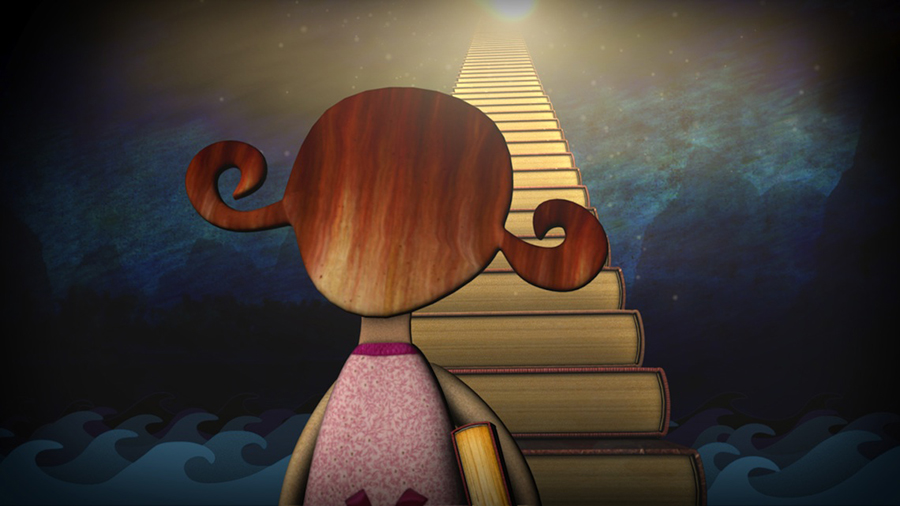
In their collaboration book “Art as Therapy,” modern-day philosopher Alain de Botton and historian John Armstrong give us a break from digging deep. Instead, they offer a neat outline of ways to use art as a tool to enjoy and enhance our existence.
According to de Botton and Armstrong, art comes with seven psychological functions. Turning to short films can give us a quick therapeutic boost.
Remembering:
“Art is a way of preserving experiences, of which there are many transient and beautiful examples, and that we need help containing,” de Botton and Armstrong write.
Screened by Filmworks in 2013, Yan England’s “Henry” is seemingly dragged toward looking at significant moments of his own life, in the attempts to find his dissapeared love, Maria. While in complete turmoil, that experience is not entirely dark just because it brings back vivid memories.
Hope:
When artists create pretty visuals, de Botton and Armstrong suggest that they do that not to depict false reality, but instead suggest optimism. Without optimism, we won’t ever achieve our goals. They write: “We might be doomed not by a lack of skill, but by an absence of hope.”
After 2013 winner “Paperman” gets delivered to his object of affection by hundreds of tiny paper airplanes, viewers feel inspired that good things do have a place in our sometimes dull realities.
Sorrow:
However, before we celebrate hope, we need to learn how to metabolize the negative. With art, we feel less alone when dealing with sorrows.
In “Self-Assembly,” we follow two parents going through recovery of their deceased son. With raw and experimental imagery, we witness the fine tunes of loss and sorrow.
Re-balancing:
With our rapid lifestyles, it becomes a challenge to stay whole and be present with ourselves. According to de Botton and Armstrong, “art can put us in touch with concentrated doses of our missing dispositions, and thereby restore a measure of equilibrium to our listing inner selves.”
Both writers suggest to watch for art we find disturbing or weird to us. They might point out the things we are missing.
Self-Understanding:
In order to re-balance, we also need to know what are those traits that we are missing. Paying attention to what kind of art attracts us can help us see what makes us unique.
Do you prefer live action or animation? Comedy or drama? Black and white or color? Tell yourself what you like, and you might get closer to learning who you are.

Just knowing who we are won’t do much, as we constantly need to push ourselves to get in contact with unfamiliar things. Films come handy as they present lots of unknown material.
The little girl in “Stairs to No End” leads by example when she follows and tries to reach the light. Her path involves learning, overcoming, and feeling — everything that growth is about.
Appreciation:
“One of our major flaws, and causes of unhappiness, is that we find it hard to take note of what is always around us,” de Botton and Armstrong write.
Film makes it easy to capture our surroundings. Prada’s short-film commercial “First Spring” showcases beauty and elegance in detail by putting one layer of our surroundings in slow motion, and fast-forwarding the others.
Don’t miss your art therapy appointment on Feb. 12 and 13 at the historic Tower Theatre. See an exclusive engagement of The Oscar-Nominated Short Films 2015 to possibly re-balance, grow, and gain hope.
Olga Verkhotina lives in Los Angeles where she works in nonprofit marketing and event planning. She volunteers as a marketing assistant for Filmworks.
